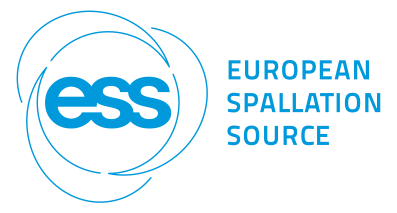Description
Neutron lenses can greatly benefit various experimental techniques, such as small-angle neutron scattering (SANS) and neutron imaging. In the past, diffractive neutron optics have been demonstrated, but to date, they have been underutilized1. A Fresnel zone plate (FZP) has the intrinsic advantage compared to a compound refractive lens (CRL) that it has negligible absorption, lower chromatic aberration, lower incoherent scattering, and scalability to large diameters inaccessible by the CRL. In this talk, we will present how we use the McStas package to aid our experimental preparation and post-experiment validation for our neutron FZP developments. The McStas package plays a crucial role as an indispensable tool with remarkable flexibility, enabling us to simulate the performance of the focusing SANS and imaging instruments with diffractive lenses. We improved the existing FZP_simple.comp to achieve a better modelling of the diffraction efficiency of neutron FZPs and allowing for the introduction of imperfections, providing a better understanding of realistic lens performance and aiding design decisions for future lenses.
We model the imaging performance of a full-field neutron microscope instrument with an FZP objective lens to validate our experimental results, as shown in Figure 1(a)(top). To overcome strong chromatic blurring, we are developing an achromatic lens formed by an FZP with a defocusing CRL2. Simulations help benchmark the expected performance of this hybrid lens, as shown in Figure 2(a)(bottom). Gravity and chromatic blurring effects of the FZP in a focusing SANS instrument can also be estimated, as shown in Figure 1(b).
